For a DC to AC transformerless power supply, I am trying to find a specific type of IC that produces PWM that can be filtered into sine wave.
What I can find in most websites is an MCU that has to be programmed to produce such PWM.
I am wondering is there any off-the-shelf IC that available so that I don't have to do the MCU programming. I don't need fancy PWM, just a single purpose IC that produce PWM which can be filter into a sine wave.
To be more precise, the square wave pattern I’d like to generate is shown below:

